Say "banh mi" and most people think of the quotidian Vietnamese sandwich - a crisp, light baguette lined with mayo, pate, meat, pickles, cucumber, and chile. But the sandwich can be a knock-out vegetarian affair and may even be deconstructed on a plate as a breakfast platter. Banh mi also just means "bread," and over the years, Vietnamese cooks have come up with many ways to use it for snacks and light meals.
To make a good banh mi, you need to select the bread wisely. Don't stress on it but do keep some key principles in mind.
The best banh mi bread is not fancy or rustic
It's not precious, despite what some people may say about how Vietnamese banh mi relies on special bread or is made with a rice flour dough (this rice thing is mythology and honestly, B.S.). You don't have to buy the bread from a Vietnamese bakery, though patronizing one in a Little Saigon enclave would be a great way to support the community. At the same time, although banh mi came out of the French colonial rule in Vietnam, you don't need to go to a pricey artisanal, French bakery for the bread. Look around you. Never get stuck thinking that there's only one type of bread for making Vietnamese sandwiches. in the photo below, all the bread shown are suitable for banh mi. All of them were purchased from supermarkets and chain grocers.
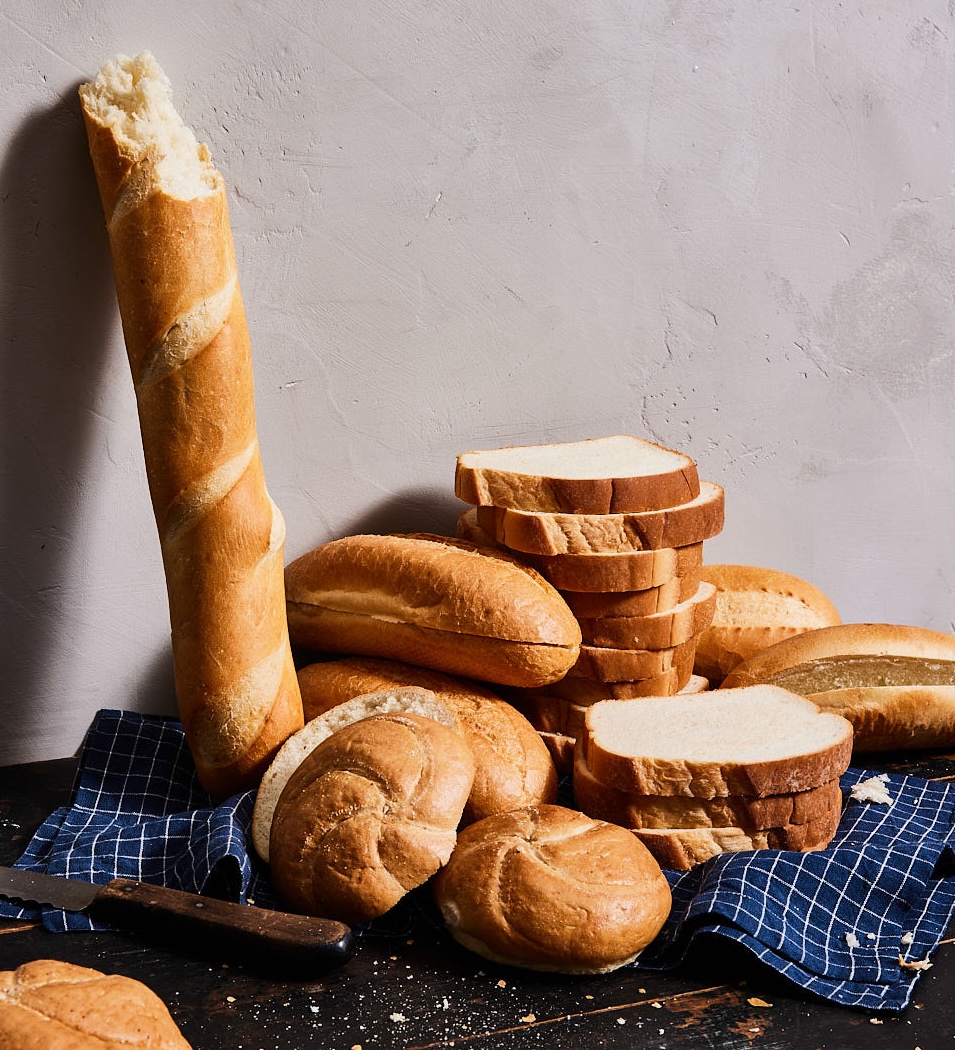
Banh mi texture is somewhat ethereal
It feels light in your hand, has a thin crust, possesses an airy, cottony interior, tastes faintly sweet. Such characteristics enable the bread to receive and compliment the fatty mayo, savory Maggi Seasoning sauce, bold fillings, crisp vegetables, pungent herb, and zippy chile. The bread for Vietnamese banh mi can at times seem a bit commonplace like Wonder Bread-ish -- super soft inside with not much substance. That's because since the popularization of baguettes in Vietnam in the early 20th century, Vietnamese bakers had to find a way to reliably bake baguette in the tropical heat and humidity. Their flour wasn't usually great; they may have used starters at some point, too. But to guarantee bodacious bread for their customers on a daily basis, they found an ally in dough conditioner (dough improver), a commercially used in many yeast leaven bread products. Commercial flour for pizza often has dough conditioners, for instance. The ingredient has its merits for professional bakers.
Banh mi shopping pro tips
To fuel your curiosity, here's a video of what I looked for and found at the Walmart in Napa, California.
Bread for banh mi is affordable
To source the bread, mine the supermarket's bakery section (especially the bulk area), bodegas, delis, Walmart, and Asian grocers. Bread suitable for banh mi is rather plebian stuff that's pretty easy to find. If you have a Vietnamese enclave nearby, mine it for freshly baked bread. If a banh mi shop bakes their own, they'll likely sell it too. If you pay more than say, $2 for a roll for banh mi, you're likely getting too fancy of bread.
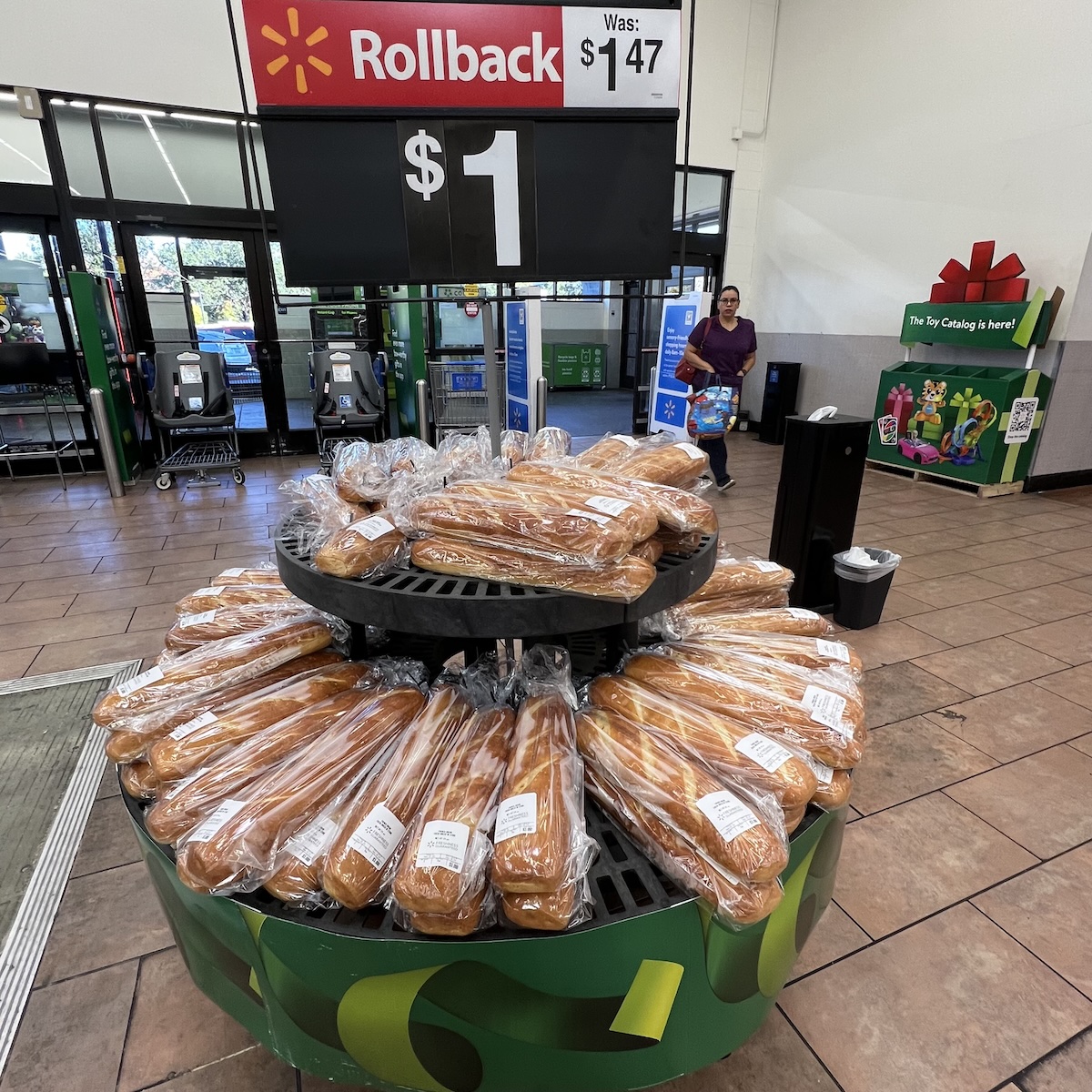
Types of bread suitable for banh mi
Go standard or gluten-free when shopping at the market. Here are some examples of bread I've used to construct tasty banh mi sandwiches:
- "French" or "Italian" rolls or loaves sold at supermarkets
- "Baguette" at Chinese, Vietnamese markets, bakeries, and delis
- Mexican bolillo or telera rolls
- Cubano rolls
- Ciabatta rolls or loaves
- Partially baked (parbaked) rolls or loaves of French, Italian, or Ciabatta-style bread (follow instructions to finish baking)
- Kaiser rolls
- Hoagie or cheesesteak roll
- Sandwich bread (sliced white, wheat, multigrain, or gluten-free)
- Mini slider buns
Why avoid rustic bread
At all cost, do not purchase pricey "rustic" breads with a strong, thick crust and toothsome chew, such as bread made from sourdough starters. Because you have to tuck so many things into a banh mi, the bread needs to give. It's merely there as a light frame to hold the ingredients in place so you can eat from one end of the sandwich to the other without mishap. Anything labeled rustic or artisanal bread with a well baked dark brown crust will likely scrape the roof of your mouth as you eat. Moreover, it will not allow the ingredients inside to sing well because it wants to be a the star of the sandwich show when it really plays a key supporting role. Such breads are great for dipping in oil, slathering in butter, or grilled cheese.
Aside from buying the bread, you can also bake some yourself. Here's one easy recipe that brings the dough together in a processor. I have great recipe in The Banh Mi Handbook, too. Either way, once you have your bread, make wonderful banh mi with the master banh mi recipe blueprint that includes recipes for mayo, pickle, and a bunch of filling ideas. Freestyle craft Vietnam's iconic sandwich.

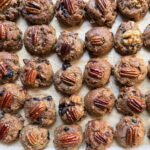
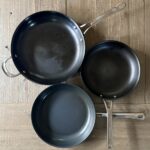

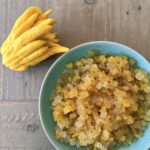
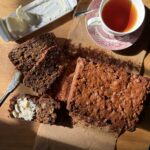
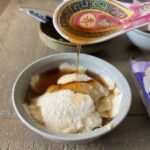
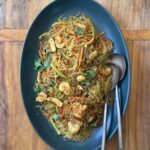
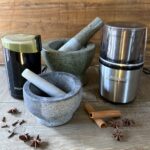

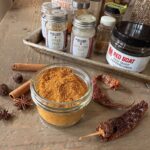

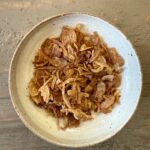


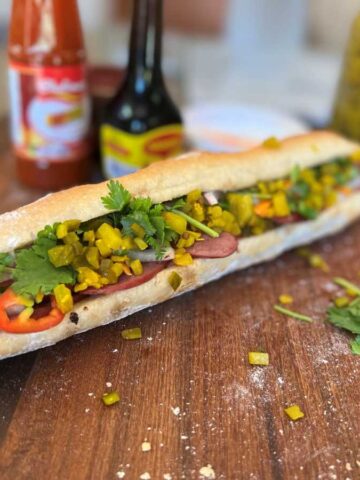

Mark Cohen says
I don’t see the banh mi loaf recipe…was the link left out? I’d love to make some. I bake a ton and can never get them as light and fluffy as the Vietnamese bakery ones!
Andrea Nguyen says
Hi Mark, the recipe I reference is published in my book, The Banh Mi Handbook (here's a preview of the book; it may be at your local library and bookshop). On this website, there is this easy processor baguette recipe. It's not as good as the recipe in the book.